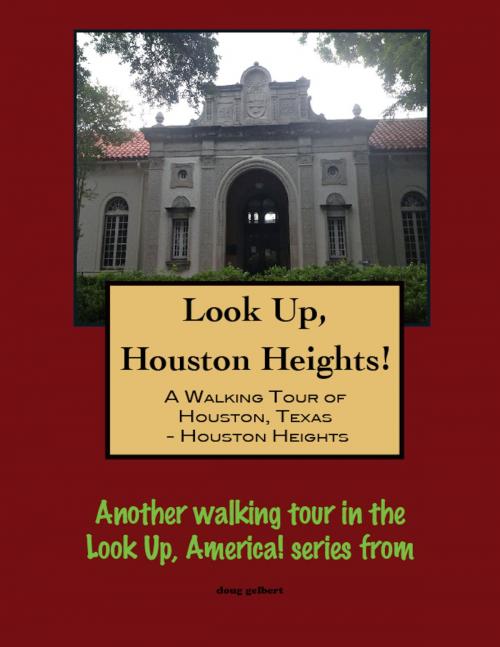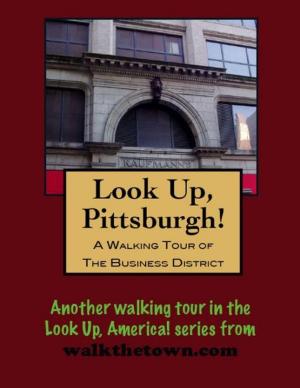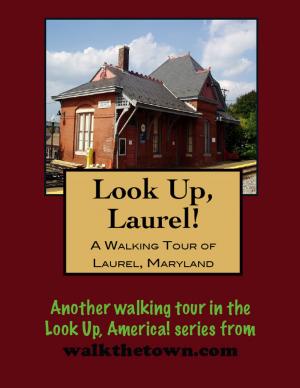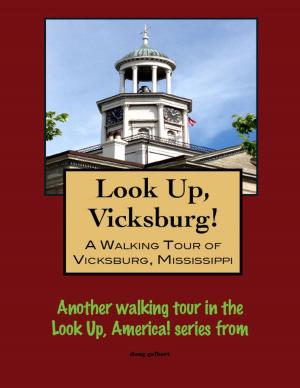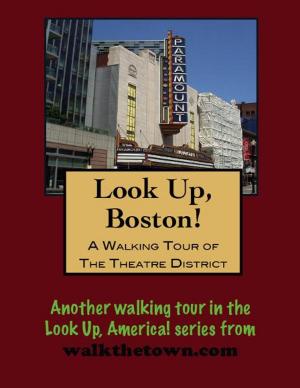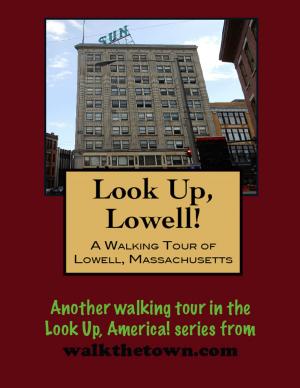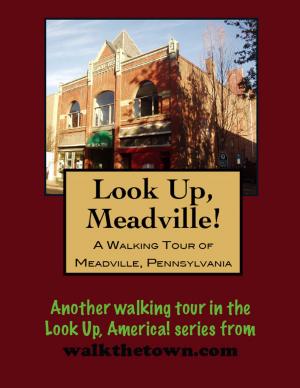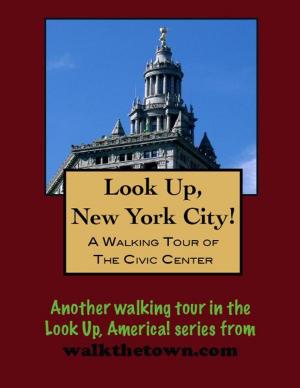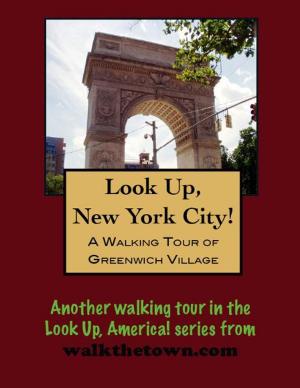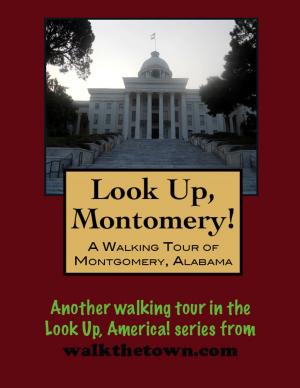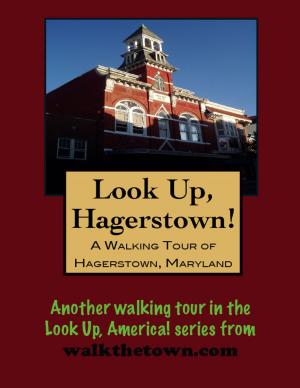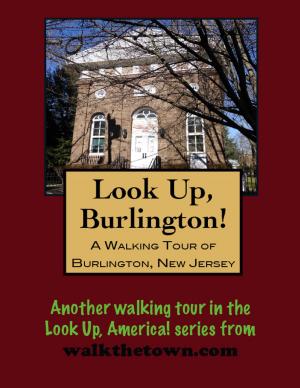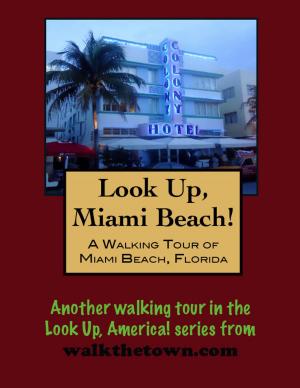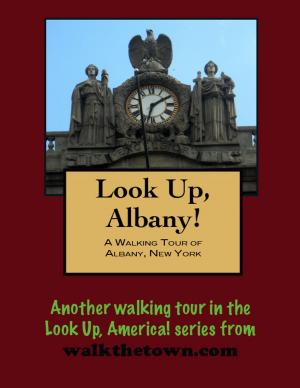Look Up, Houston Heights! A Walking Tour of Houston, Texas-Houston Heights
Nonfiction, Travel, History, Americas| Author: | Doug Gelbert | ISBN: | 9781301316915 |
| Publisher: | Doug Gelbert | Publication: | June 17, 2013 |
| Imprint: | Smashwords Edition | Language: | English |
| Author: | Doug Gelbert |
| ISBN: | 9781301316915 |
| Publisher: | Doug Gelbert |
| Publication: | June 17, 2013 |
| Imprint: | Smashwords Edition |
| Language: | English |
There is no better way to see America than on foot. And there is no better way to appreciate what you are looking at than with a walking tour. Whether you are preparing for a road trip or just out to look at your own town in a new way, a downloadable walking tour from walkthetown.com is ready to explore when you are.
Each walking tour describes historical and architectural landmarks and provides pictures to help out when those pesky street addresses are missing. Every tour also includes a quick primer on identifying architectural styles seen on American streets.
Oscar Martin Carter was approaching his 50th birthday in 1891 and he could look back on a remarkable life. He was born in Salem, Massachusetts and was orphaned at an early age. He ran away from his abusive foster parents and joined a pack train heading to Colorado. In Nebraska Carter cooked for an ox-team, learned to be a tinsmith, ran a hardware store, managed political races, worked as an Indian trader, tried his hand at mining and invented a drill bit that made him a fortune, and served as president of a string of Omaha banks. He had been married for half his life and fathered six children but never owned a house, living most of the time in one of his stores or hotels. In his 49th year Carter had recently sold his Omaha interests on behalf of his American Loan and Trust Company and brought millions of dollars to Houston where he acquired both the Houston City Street Railway Company and the Bayou City Street Railway Company.
In 1891 Carter bought 1,756 acres of land four miles northwest of Houston with the intention of developing the town’s first planned suburb and one of the earliest in Texas. The land was about 23 feet higher than downtown Houston so it earned the name “Heights.” As the Omaha and South Texas Land Company laid out the new streets there was hardly any elevation change in the Heights. Houston Heights was its own municipality until 1919 when the town was gobbled up by the growing city of Houston.
From its beginnings in the 1890s Houston Heights was designed as a residential enclave. The target market for the developers was the emerging middle class of white-collar workers and skilled craftsmen. These new home owners built comfortable, but not ostentatious, houses in the then-popular Queen Anne style. Later arrivals constructed Craftsman bungalows and cottages across Houston Heights. Most of the community was built up by 1930 and retains much of its same appearance today.
Our walking tour will traverse the main north-south artery through Houston Heights and we will begin where the first house was constructed back in 1893...
There is no better way to see America than on foot. And there is no better way to appreciate what you are looking at than with a walking tour. Whether you are preparing for a road trip or just out to look at your own town in a new way, a downloadable walking tour from walkthetown.com is ready to explore when you are.
Each walking tour describes historical and architectural landmarks and provides pictures to help out when those pesky street addresses are missing. Every tour also includes a quick primer on identifying architectural styles seen on American streets.
Oscar Martin Carter was approaching his 50th birthday in 1891 and he could look back on a remarkable life. He was born in Salem, Massachusetts and was orphaned at an early age. He ran away from his abusive foster parents and joined a pack train heading to Colorado. In Nebraska Carter cooked for an ox-team, learned to be a tinsmith, ran a hardware store, managed political races, worked as an Indian trader, tried his hand at mining and invented a drill bit that made him a fortune, and served as president of a string of Omaha banks. He had been married for half his life and fathered six children but never owned a house, living most of the time in one of his stores or hotels. In his 49th year Carter had recently sold his Omaha interests on behalf of his American Loan and Trust Company and brought millions of dollars to Houston where he acquired both the Houston City Street Railway Company and the Bayou City Street Railway Company.
In 1891 Carter bought 1,756 acres of land four miles northwest of Houston with the intention of developing the town’s first planned suburb and one of the earliest in Texas. The land was about 23 feet higher than downtown Houston so it earned the name “Heights.” As the Omaha and South Texas Land Company laid out the new streets there was hardly any elevation change in the Heights. Houston Heights was its own municipality until 1919 when the town was gobbled up by the growing city of Houston.
From its beginnings in the 1890s Houston Heights was designed as a residential enclave. The target market for the developers was the emerging middle class of white-collar workers and skilled craftsmen. These new home owners built comfortable, but not ostentatious, houses in the then-popular Queen Anne style. Later arrivals constructed Craftsman bungalows and cottages across Houston Heights. Most of the community was built up by 1930 and retains much of its same appearance today.
Our walking tour will traverse the main north-south artery through Houston Heights and we will begin where the first house was constructed back in 1893...
